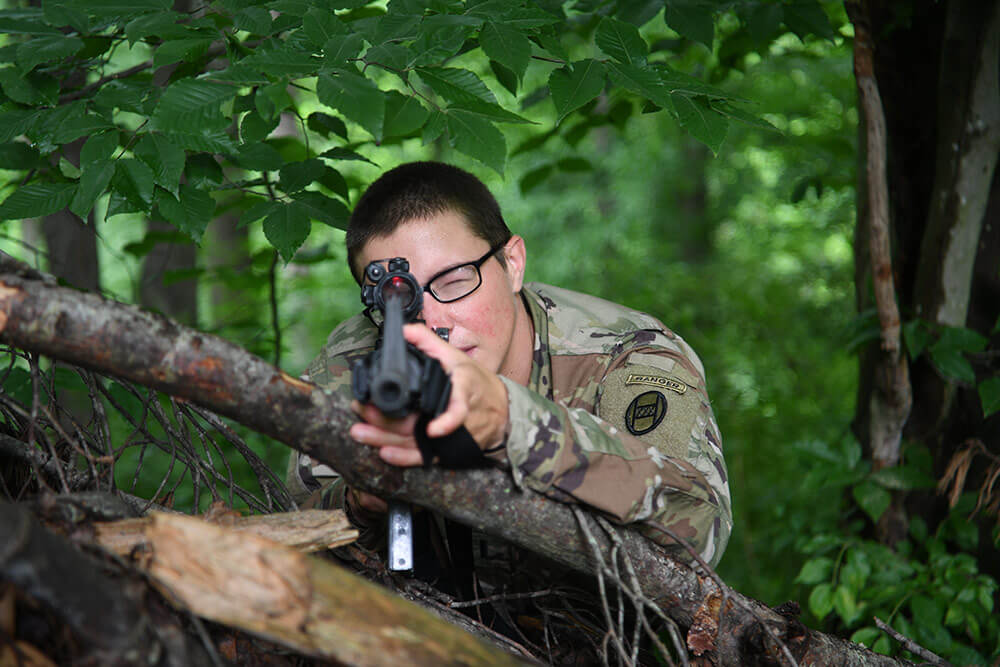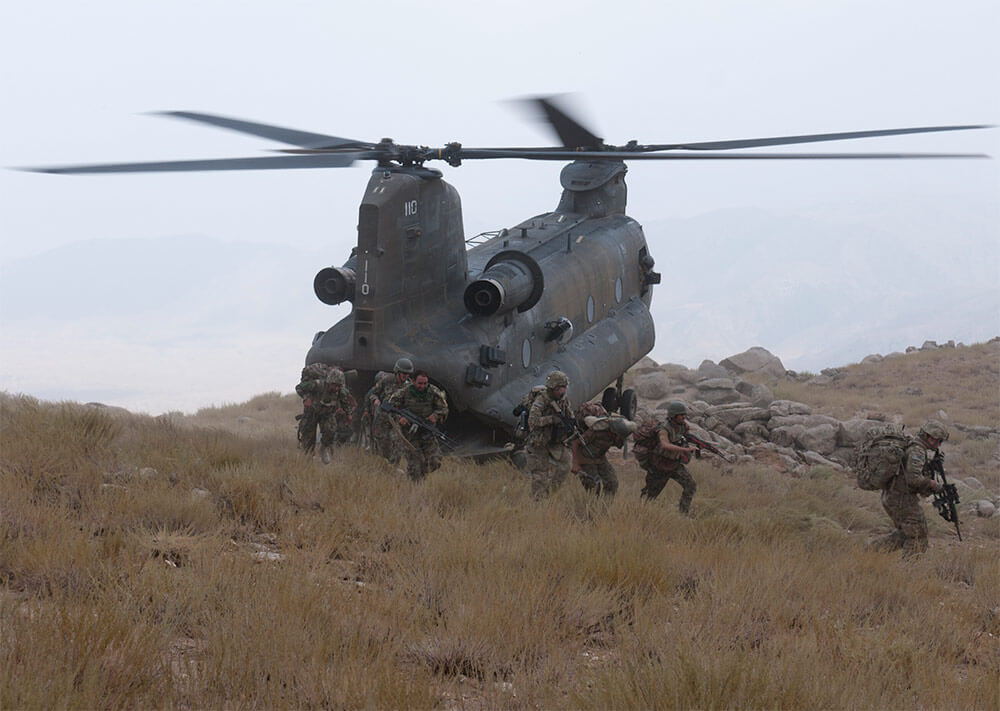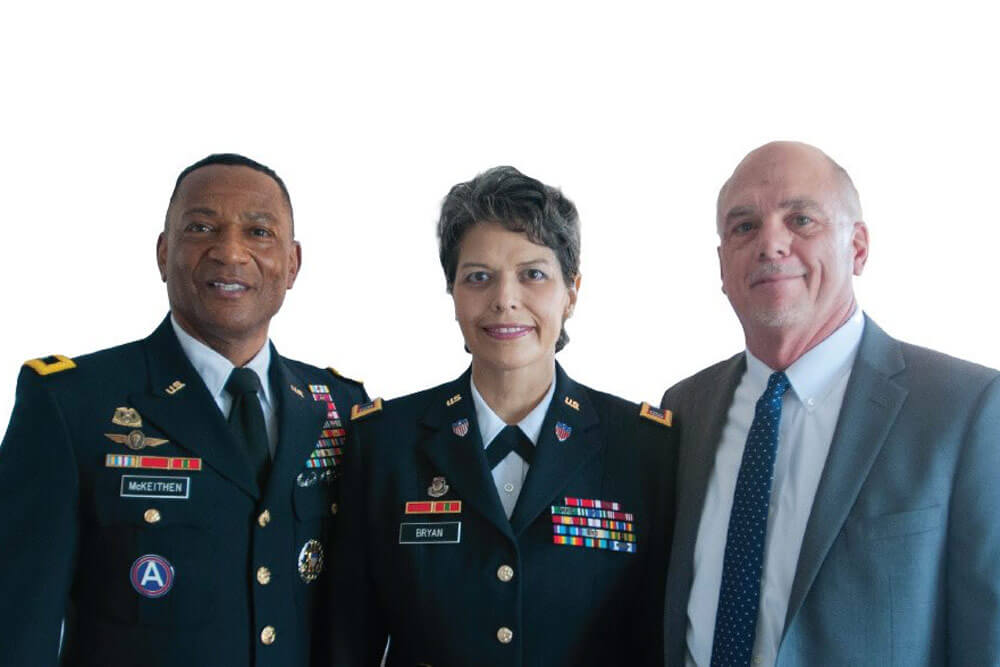New York Air Assault Crew Impresses at Fort Drum
The Soldiers of the New York Army National Guard’s 3rd Battalion, 142nd Aviation Regiment (Assault Helicopter), based out of Long Island, New York, recently made the trek up to Fort Drum in northern New York State for their yearly live fire door gunner qualification exercise.
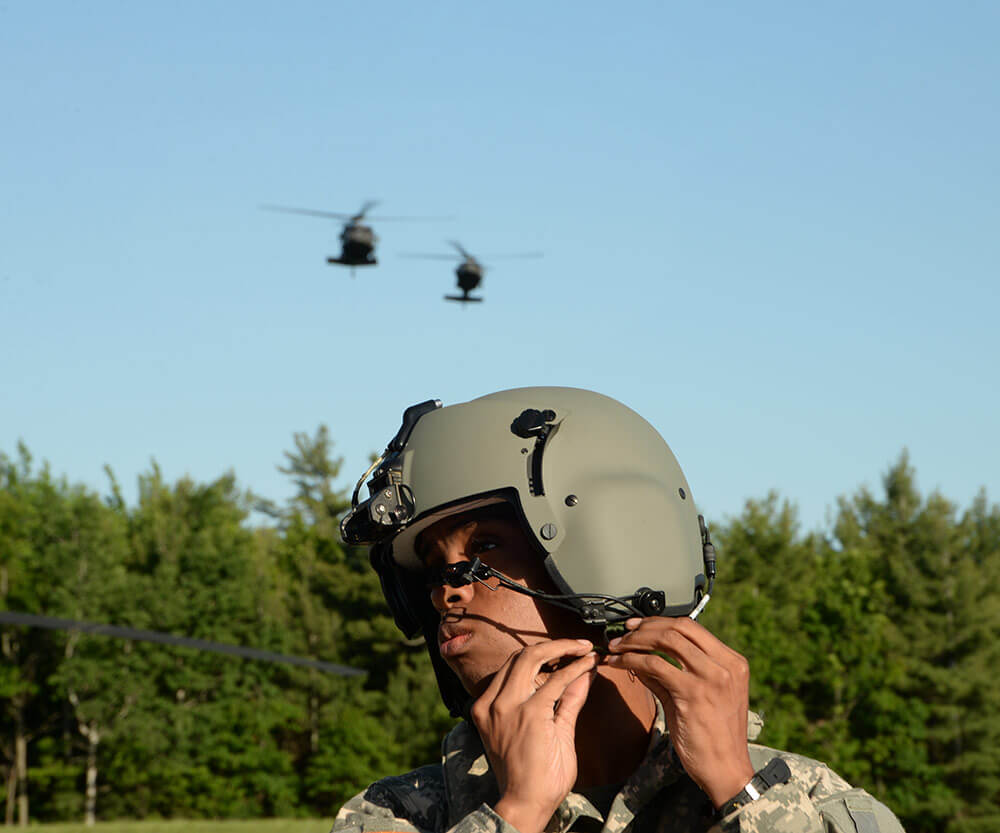
Door Gunnery is an essential skill for members of an air assault unit. It is also a skill on which Guard Soldiers do not often have the opportunity to train – making annual training like this one crucial to the overall readiness of the unit.
“It keeps them proficient in case they have to deploy,” said 3-142nd Executive Officer MAJ Eric Fritz. “If they deploy to a combat environment and need to engage the enemy, to protect the troops onboard or onboard other [U.S. or allied] aircraft, they will be ready to do so.”
The Soldiers made each round count during their time at Fort Drum this past June. Most hailed the training a success and said they gave the targets on Range 48 a good workout.
“I think the training was amazing,” said SGT William Flaherty, a door gunner/crew chief with the 3-142nd and a member of the New York Guard for the past 13 years. “We have a great training NCO that made the training very realistic. Plus, how the pilots and the crew chiefs worked together made it very good.”
MAJ Fritz concurred with SGT Flaherty’s assessment and said he felt the overall training goal was met. He had spent the months leading up to the exercise planning and organizing the event, and said it was most rewarding to hear the feedback that Soldiers thought it all went well. Some went as far as to describe it as “excellent,” MAJ Fritz noted.

Fort Drum has been a major Army facility since the turn of the last century. Established in 1907 as Pine Plains Training Area and then expanded and renamed Fort Drum in 1951, the Fort Drum training complex boasts nearly 96,000 acres – or 150 square miles – of training space. It offers nine different virtual/simulation training facilities and 30 ranges, including drop zones, an air gunnery range, an indoor range, a military operations in urban terrain facility, cultural awareness sites and a convoy live fire lane.
Range 48, the air gunnery range where the 3-142nd trained, was said to be superior to some ranges the unit had trained on in the past.
“I believe Fort Drum has one of the better ranges,” said CW2 Aaron Chiu, a UH-60 pilot for the 3-142nd. “I’ve been to some ranges where there really is no flying [space] other than hovering and moving side to side. This one has different terrain that you fly through and there’s actually a little course that you fly through.”

Preparation for training started a year out and required planning on multiple fronts. The advance reservation of ranges and forecasting for funding and ammunition requests was one front. Assembling the convoy that would drive the nearly 400 miles from Long Island to Fort Drum was another front. Planning the logistics involved with the six UH-60 Black Hawks the unit flew up for the training – and arranging the hot refueling operations that would be needed along the way – was yet another front.
Timing everything and then executing in unforeseeable weather was also a challenge. Considering these elements were just the tasks required to get the unit on post, describing the planning for the entire training exercise as a major undertaking would be a major understatement.
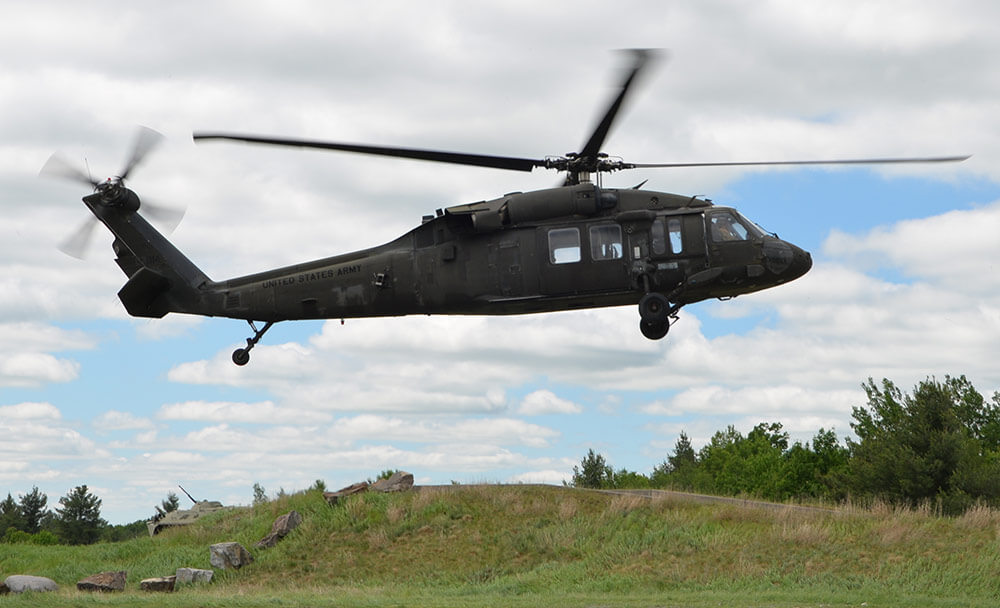
Sixty-five Soldiers from the unit’s Bravo and Alpha companies participated in the exercise. After completing a qualification course at Fort Drum to use the air assault range, the Soldiers spent the rest of their time on the range honing the basic warrior skills they would later showcase at their upcoming National Training Center annual certification at Fort Irwin, California.
While it was MAJ Fritz who was responsible for much of the exercise’s preparation, it was up to the Soldiers to accomplish the mission, MAJ Fritz said.
“They executed it flawlessly,” he remarked. “The overall success of this mission – getting the training accomplished – fell into the hands of the Soldiers. [Enlisted], NCOs and officers – they were able to execute the plan, adapt to any changing conditions, train everyone and get back to base.”
Two separate crews would take two separate UH-60 Black Hawks out on the range at a time. Those two aircraft would fly out and complete their tables. Once they were done, they would fly back, land and the next two aircraft would traverse the course. In all, each crew required about an hour to complete all tables.
Crews were made up of six Soldiers – a door gunner/crew chief on each side of the aircraft, two pilots and two flight instructors. The flight instructors were there to observe and evaluate the gunners’ performance.
“It took about two days for the company to knock everything out,” CW2 Chiu commented. “We did up to 9 tables.”

The Soldiers were also monitored by electronic sensors. Sensors in the targets measured the number of rounds that hit each target, the number missed and number of near-misses. That information was transmitted back to computers in the range tower and was reviewed by an instructor who would grade Soldier performance.
The door gunners fired at tanks, trucks and other targets with an M240H machine gun, using multiple grips to demonstrate competence for multiple combat scenarios.
“We shoot an M240Hotel,” CW2 Chiu said. “It has a butterfly trigger and a pistol trigger. You can swap it back and forth depending on if you need it on the ground or in the air.”
There were two iterations of the training – live fire during daylight and night fire using night vision goggles. Night fire often carries its own set of challenges that stem from an obvious fact – it takes place in the dark. While the Soldiers are wearing night vision goggles, it can be harder to fix jams or reload weapons as depth perception is low and identifying objects without a flashlight is difficult.
“Night vision is always the harder mode of flight,” SGT Flaherty said. “You’re restricted to only what your goggles can see. It’s definitely harder, but it’s a little bit more of an adrenalin rush. It’s a lot less forgiving. The only thing that does help at night with night vision goggles is the tracer rounds. It is a little easier to see where your round is going.”
CW2 Chiu said the exercise also provided ample challenges for the pilots. He explained what he found to be the most trying test of his abilities.
“From a pilot’s perspective, it was setting up the door gunner to maximize effectiveness against the target,” he said. “That was probably the more challenging thing, other than flying straight and level. We might have to put the aircraft out of trim to allow the gunner to engage the target for a long period of time.”
Overall, CW2 Chiu said he was very impressed with the training. As a former crew chief he has a unique perspective on the mission. The 17-year Army National Guard member could appreciate what it takes to complete the tasks happening on both ends of the aircraft.
“I think it’s great training,” he said. “I was a crew chief for about 12 years. It’s the transition between the back and the front. Now as a pilot, I have a better understanding of what a crew chief wants us in the front to give them [in terms of] a better angle to set them up to put more rounds on the target.”
By the end of their door gunnery training, the 3-142nd had expended quite a bit of ordnance: 113,000 7.62 mm rounds, 65 smoke grenades, 20 artillery simulators and 55 star clusters.
In his civilian life, SGT Flaherty is a New York City police officer and CW2 Chiu works full time in the Guard as a Black Hawk test pilot. Both Soldiers noted the value they saw in the overall training and the pride they felt being part of an Army National Guard Air Assault Battalion.
“Air assault is pretty versatile and a UH-60 Black Hawk is pretty versatile,” CW2 Chiu said. “You do a lot of different things, from air assault missions to moving cargo.”
“I personally love being in the Guard,” SGT Flaherty said. “You could be in your own neighborhood helping the same people that you live with, but you could also be overseas protecting the country. That’s my biggest thing. That’s why I love doing it.”
By Staff Writer Matthew Liptak
